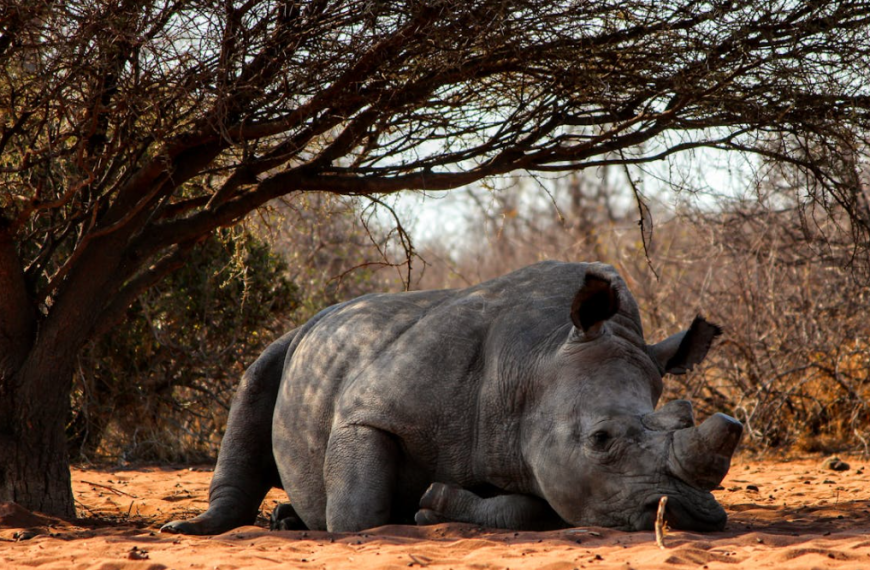For centuries, humans have pondered the inner lives of animals. Do our furry (or feathery, or scaly) companions experience emotions like we do? Science is finally catching up, offering fascinating insights into the emotional world of animals.
Beyond Instinct: Exploring Animal Emotions
Traditionally, animal behavior was explained by instincts and reflexes. However, recent research suggests a more complex reality. Animals exhibit behaviors that look remarkably similar to human emotional expressions. Dogs whimper when sad, cats purr when content, and chimpanzees throw tantrums when frustrated.
Brainwaves and Body Language: Unveiling the Clues
Scientists are using advanced techniques to peer into the minds of animals. Brain scans reveal activity patterns similar to those observed in humans experiencing emotions. Studies on animal behavior also provide valuable clues. How animals react to stressful situations, interact with others, and even play can hint at their emotional state.
The Empathy Question: Do They Feel Like Us?
While the evidence for animal emotions is strong, the question of how they experience them remains open. Animals likely don’t have the same complex cognitive abilities as humans, so their emotions might be simpler, more instinctual reactions to their environment.
The Importance of Understanding
Regardless of the exact nature of animal emotions, understanding their emotional well-being is crucial. Studies show that animals who experience chronic stress or negative emotions can suffer from physical and psychological problems.
A New Era of Animal Care:
By recognizing and respecting animal emotions, we can improve their welfare. This means providing them with enriching environments, opportunities for social interaction, and minimizing stress.
The Future of Animal Emotions Research
The science of animal emotions is a rapidly evolving field. As research continues, we may gain a deeper understanding of how animals feel and the role emotions play in their lives. This knowledge can revolutionize the way we interact with and care for the creatures we share our planet with.
So, the next time your dog greets you with a wagging tail or your cat rubs against your leg, remember: there might be more to their behavior than meets the eye. Science suggests that animals experience a rich emotional world, even if it’s different from our own.








